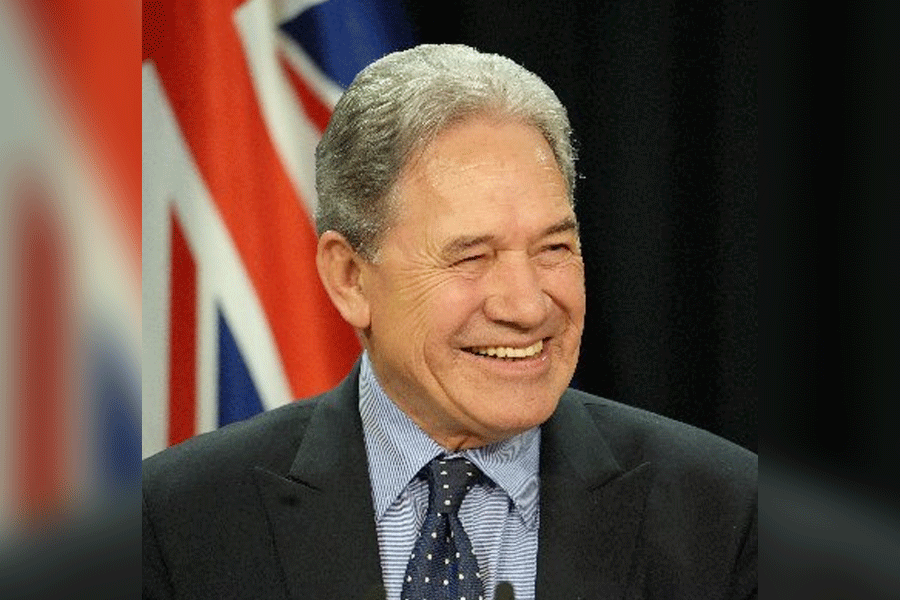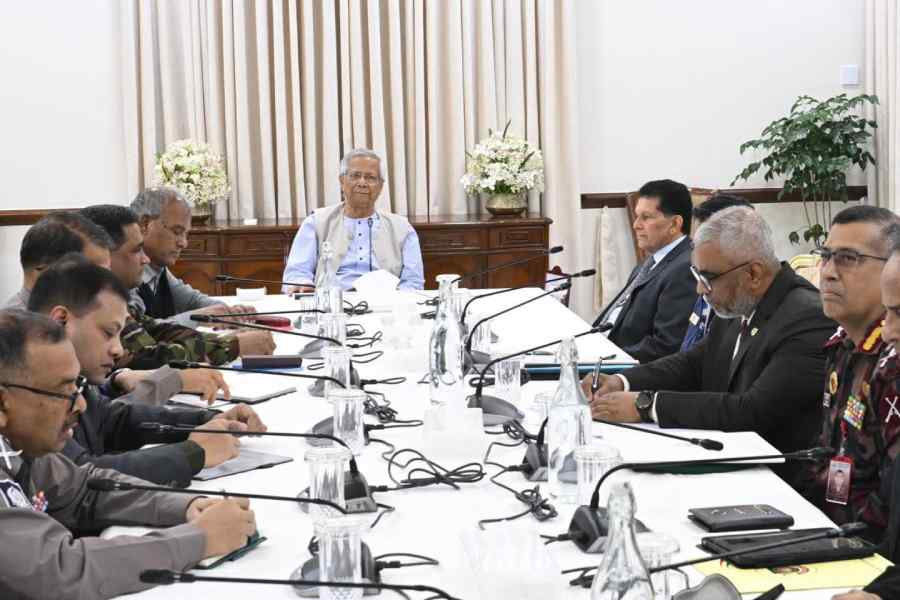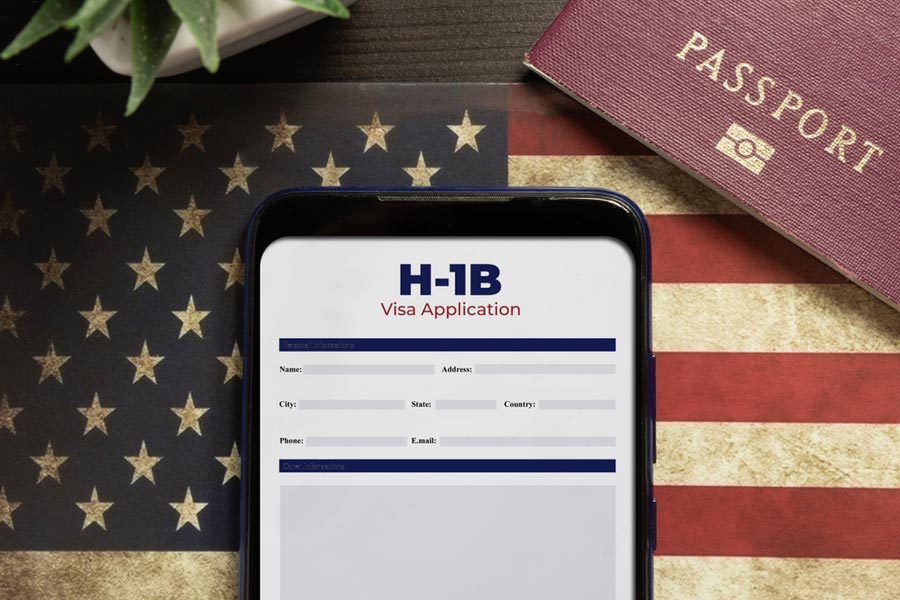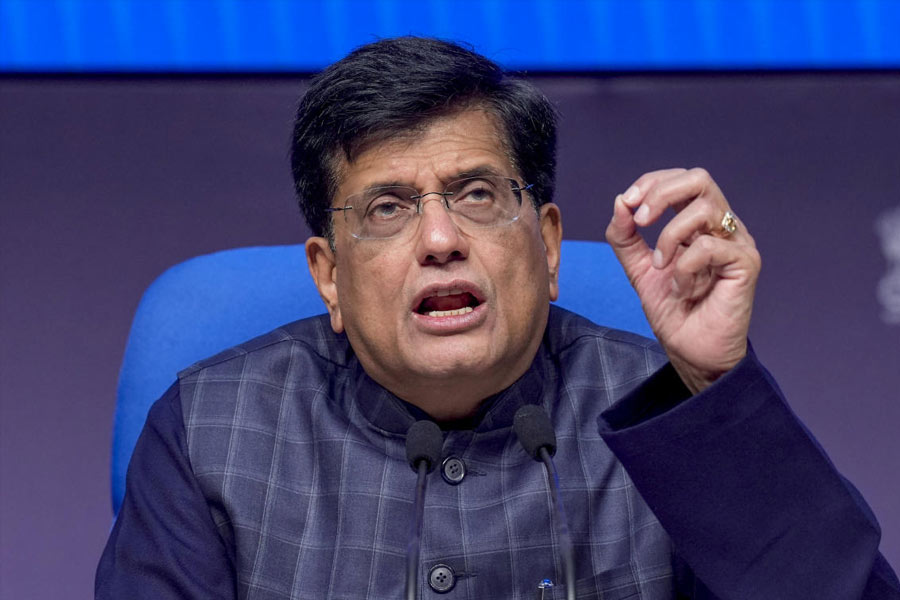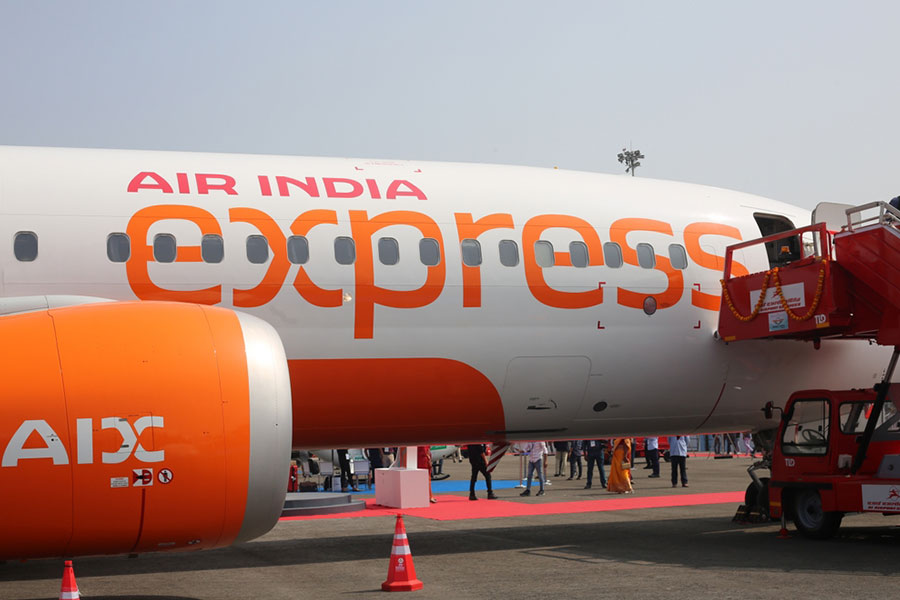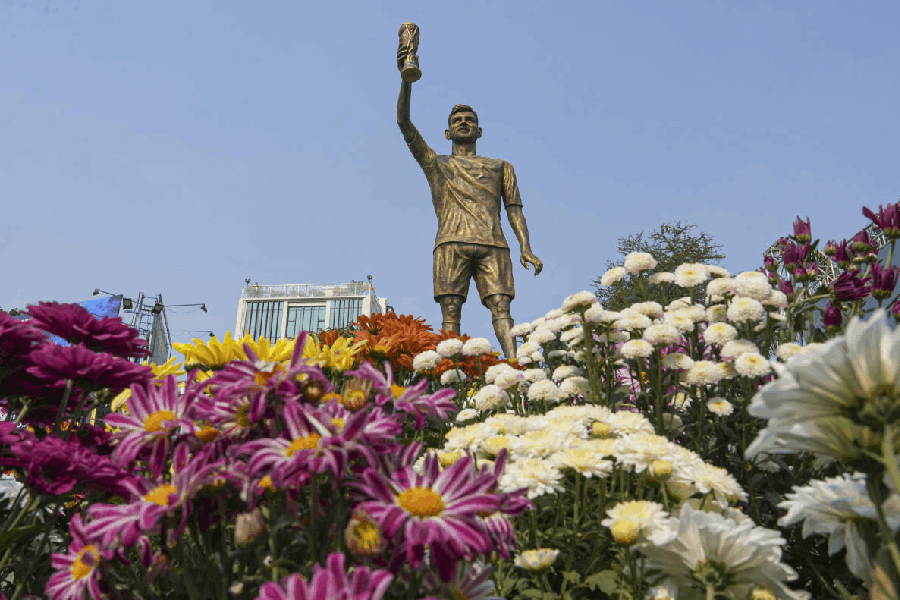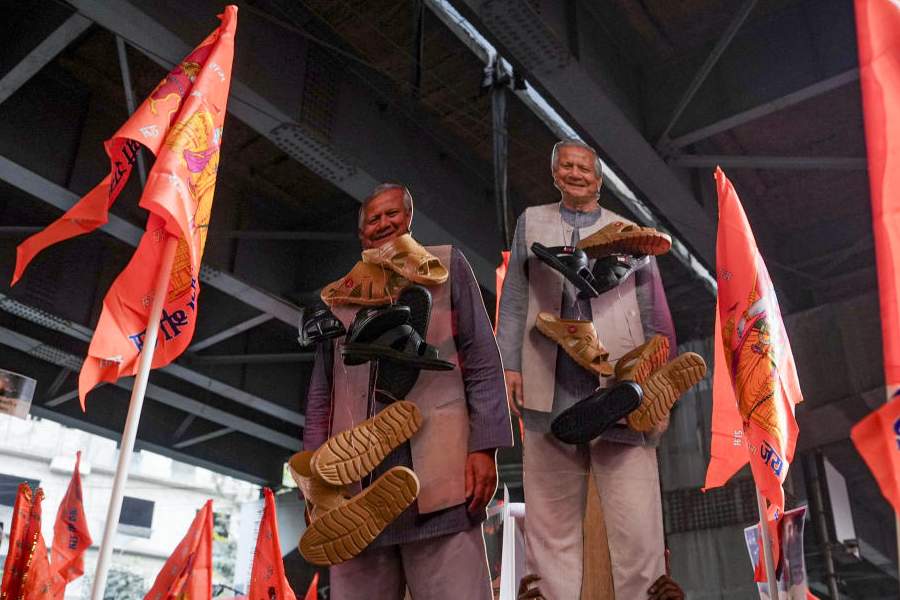 |
 |
| Body doubles: Hand model Neelambari (above) and Dharmendra look-alike Dhananjay Singh (top) Pix: Reena Martins |
Kareena Kapoor — her hair a muted shade of auburn — swishes her mane and smiles at the camera. She raises a hand, and the light catches her tapering fingers that are almost as alluring as the rest of her size zero body. The remote stays put, and the ad sells its product.
The body is all hers, as is the face. The hands and the fingers, however, belong to a woman called Menaka Arora. Arora is a body double, known in advertising circles as a hand model.
When celebrities endorse a product in an advertisement, their body parts are not always their own. Recall that TV ad for an energy drink? When Sachin Tendulkar raises a hand with a glass, the elbow that the viewers see isn’t his. “The makers of the ad didn’t find his elbow very attractive, so they asked for a double and we sent one,” says Narendra Telu, general secretary, Junior Artistes’ Association, Mumbai.
The doubles are everywhere — the hand that deftly turns on the coffee machine, the one that wheels a trolley, the wrist that adorns an expensive watch or the pretty sandal-clad foot that glides out of a swanky car. The flawless back half covered with cascading tresses in the hair oil ad doesn’t belong to the star model either.
In the finicky world of advertising, nothing but the best will do. And when the best have knobbly knees, dark elbows, rough hands or broad feet, some men and women step in to lend their body parts. They may not beat Brian Lara’s score in cricket, or star in hit films, but their knees, elbows, hands and feet are infinitely better than those of the stars.
“Most stars are in very bad shape. Models, too, have bad hands and feet. Had they paid attention to their hands and feet, instead of only focusing on their boobs and face, they would have been more successful,” says adman Prahlad Kakkar. “While the waist is often like a wasteland, hands and feet are never looked after. You see grubby fingers, chipped nails and very badly groomed feet.”
Celebrities are short of time as well — another major reason doubles are in demand. “It’s not possible to take all the shots at one go and we take the important ones with the star where the face is clear. Most of the long shots or other shots where the face is not shown are done with the help of body doubles,” says Manish Porwal, CEO, Percept Talent Management, the celebrity management division of Percept Holdings, Mumbai.
So Dhananjay Singh — a Dharmendra look-alike — is always there to double up for the actor. His body substituted the Bollywood veteran’s in a recent ad for burgers. “I just happen to look like Dharamji,” says a modest Singh, who came from Aligarh to Mumbai in 1985 to cash in on his resemblance to the actor.
Body models also substitute star cricketers, whose body parts often can’t even be corrected with air brushing. “Most cricketers have horribly hairy legs and forearms,” says a production house executive who has made ads with cricketers. For one ad, which had four Indian cricketers running in sleeveless shirts, he employed a body double for a particularly hirsute Indian cricketer. “He looked bad, so we used a double.”
Sumanto Chattopadhyay, executive creative director, south Asia, Ogilvy & Mather, Mumbai, explains that hand models are often used in ads for close-up shots. “The reason for this is that a close-up shot magnifies manifold even the smallest imperfection. So hand models are most commonly used in beauty ads where physical perfection is the order of the day.”
That’s why Menaka Arora is so much in demand. Her pretty and supple hands are often required to substitute those of established models enacting the role of young moms in TV ads. “Some stars or models have rough and dark hands,” she says.
A few of those who lend their limbs are regular models. Some are junior artistes. And some come into the field accidentally. Body model Kashmira’s dainty hands were spotted when she accompanied some neighbouring child artistes for a shoot. Since then, her hands and neck have been regularly used in ad films, and even filled in for Aishwarya Rai in a jewellery ad.
At the end of the day, of course, the body part has to be good enough for the star. Menaka recalls how she had to have her hands lightened with make-up to match them with Kareena Kapoor’s complexion.
For many, body doubling is a career, a reason why most body models tend to take these assignments seriously. Part-time hand model Mamta Verma, for instance, makes it a point to smile into the camera when it focuses on her hands. Her hands, she argues, reflect her mental make-up. “If I’m stressed, it shows on my hands,” says Mamta, who has modelled her limbs in advertisements for Crack cream, Huggies, Vim bar, Margo and Dove. In an ad for plywood, her hand rested on Tiger Pataudi’s shoulder — to look like that of Sharmila Tagore’s. “Pataudi was really nice to work with,” she says with a smile.
The work, they stress, is no child’s play. Model Neelambari has endured back pain while substituting for models who find it too tedious or painful to sit through long hours for the perfect shot.
People who model body parts take care of them the way violinists tend their fingers or vocalists their voices. Creams and lotions are regularly applied, and nails carefully tended. Sun blocks help, for fair skin is important in advertisements. “North Indian models are preferred for their fair complexion,” says Babboo, a model co-ordinator in Mumbai.
A hand or foot model could earn anything between Rs 5,000 and Rs 20,000 for a shoot — which could last anywhere between 10 minutes and several hours. Body parts used in ads for moisturisers and jewellery pay Rs 15,000-20,000, says Kashmira, who adds that work doesn’t come every day of the week, though some do make a living out of modelling body parts.
On the other hand, body doubles like Dhananjay —whose first ad film had him spouting lines from the Dharmendra-starrer Sholay — get paid about Rs 20,000 for a shift that could last for about four hours, says Babboo.
The step-in models are not all that unhappy about being doubles who go mostly unrecognised. Mamta says she is happy to see her fingers stretched across her face in a Fair and Lovely ad, pouring out a pot of gold coins for ICICI or cradling a Reliance phone with her right hand.
Sometimes, though, she wishes for recognition. “I wish my name could go with the ad, to say the hands were mine,” she laughs. She knows that’s not possible. After all, anonymity is her meal ticket.


